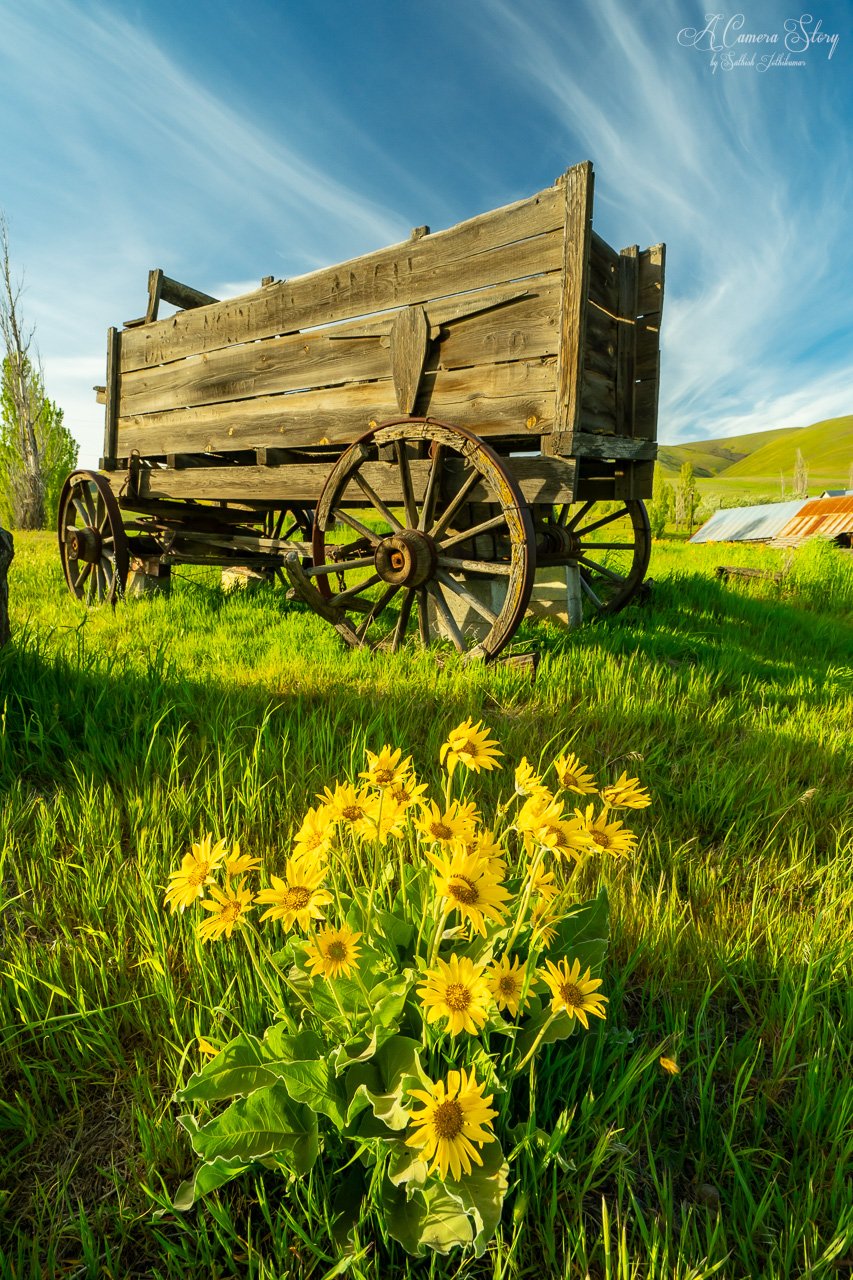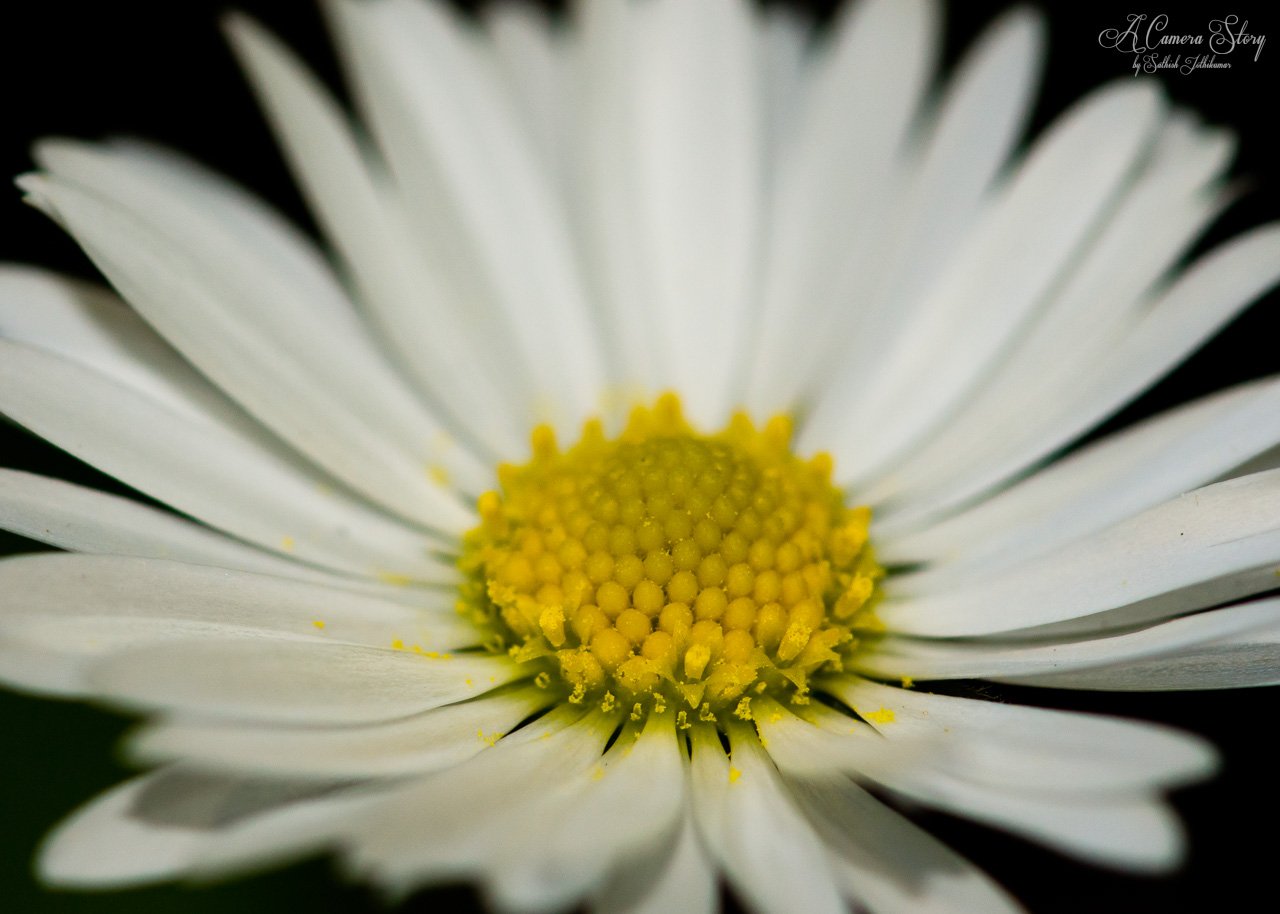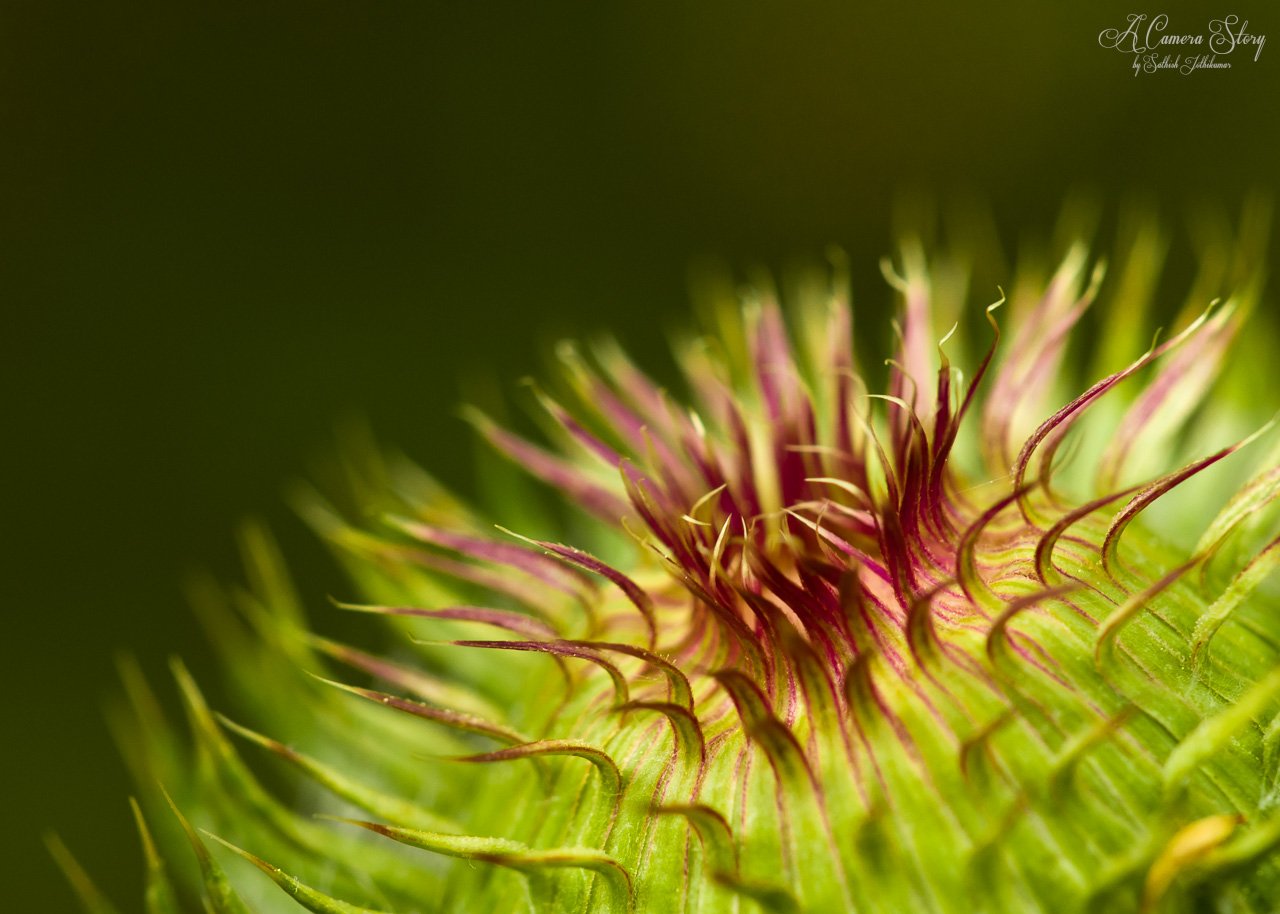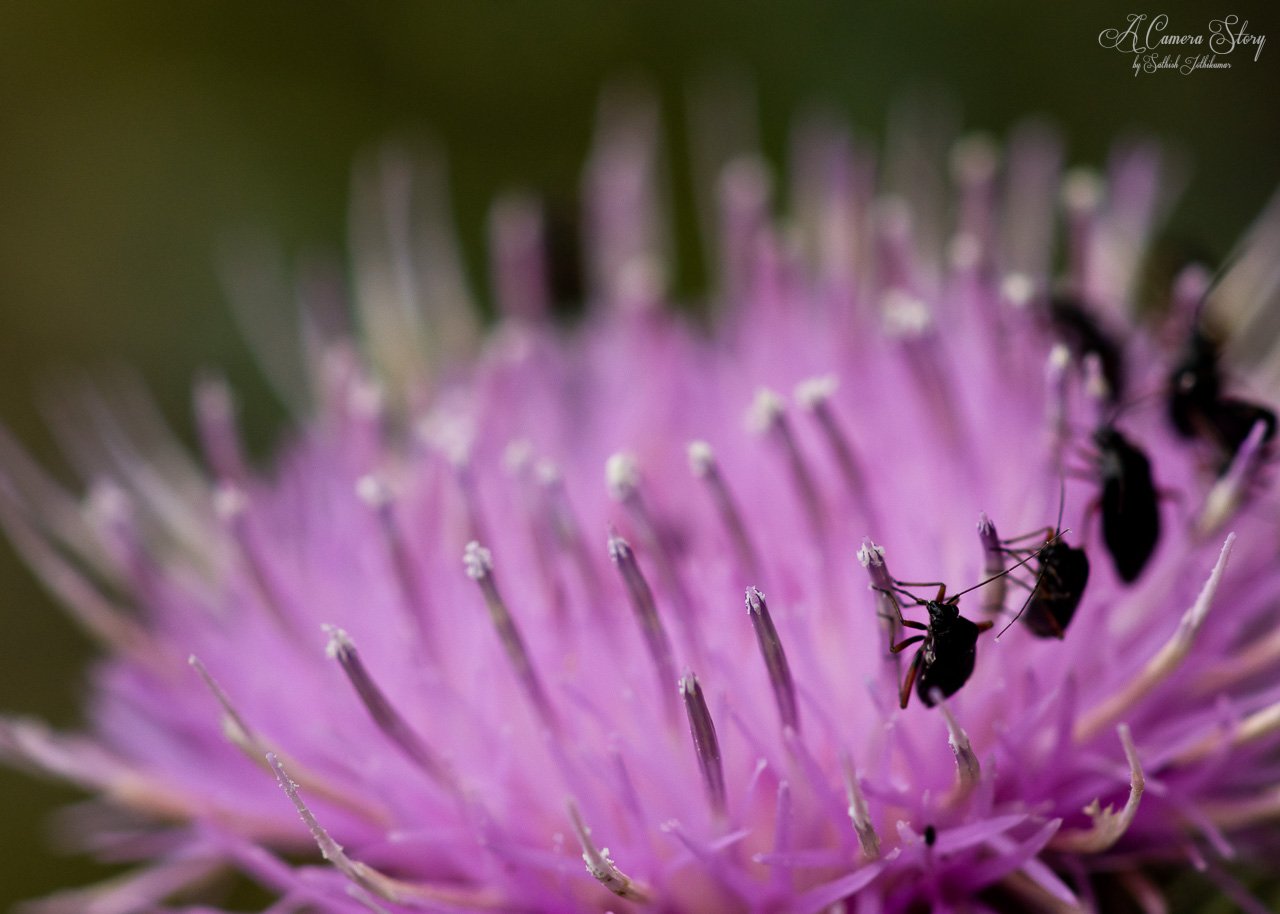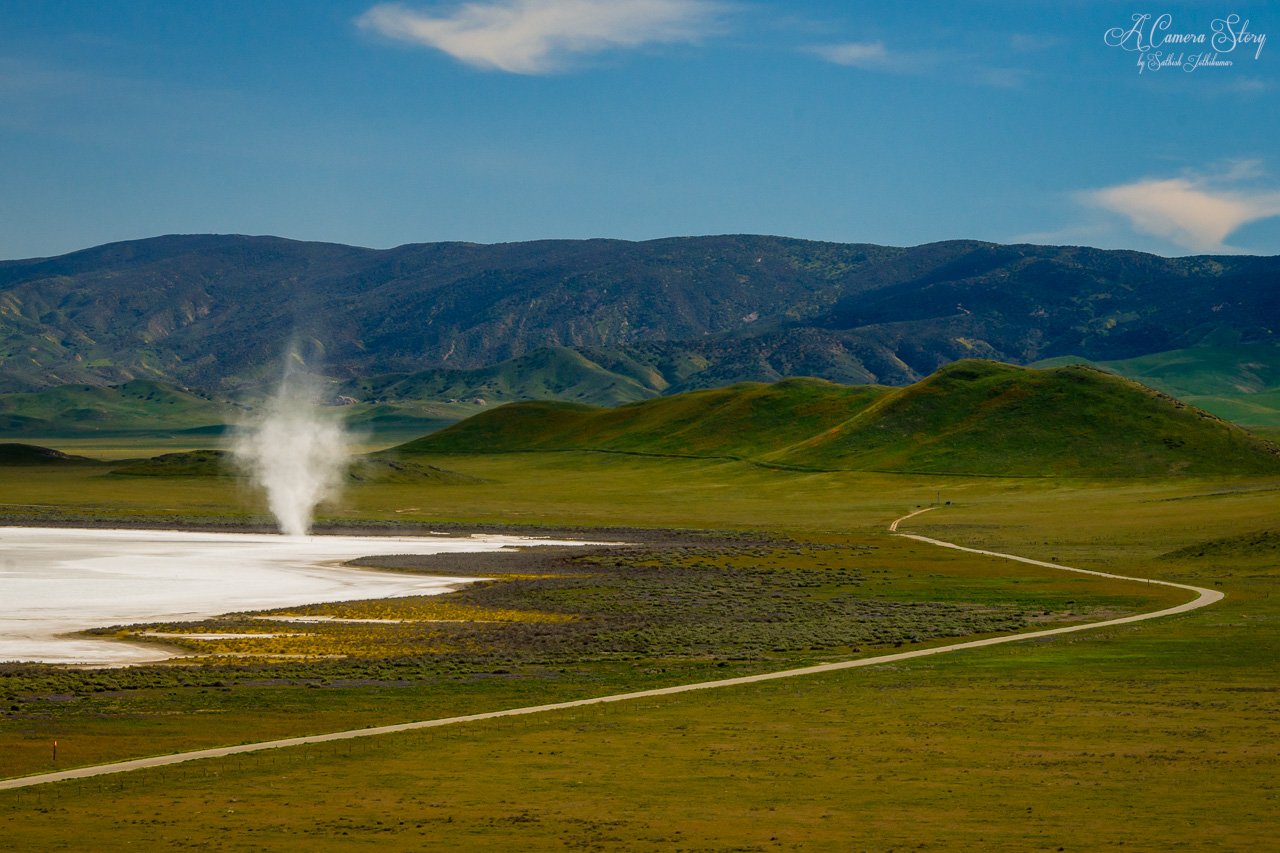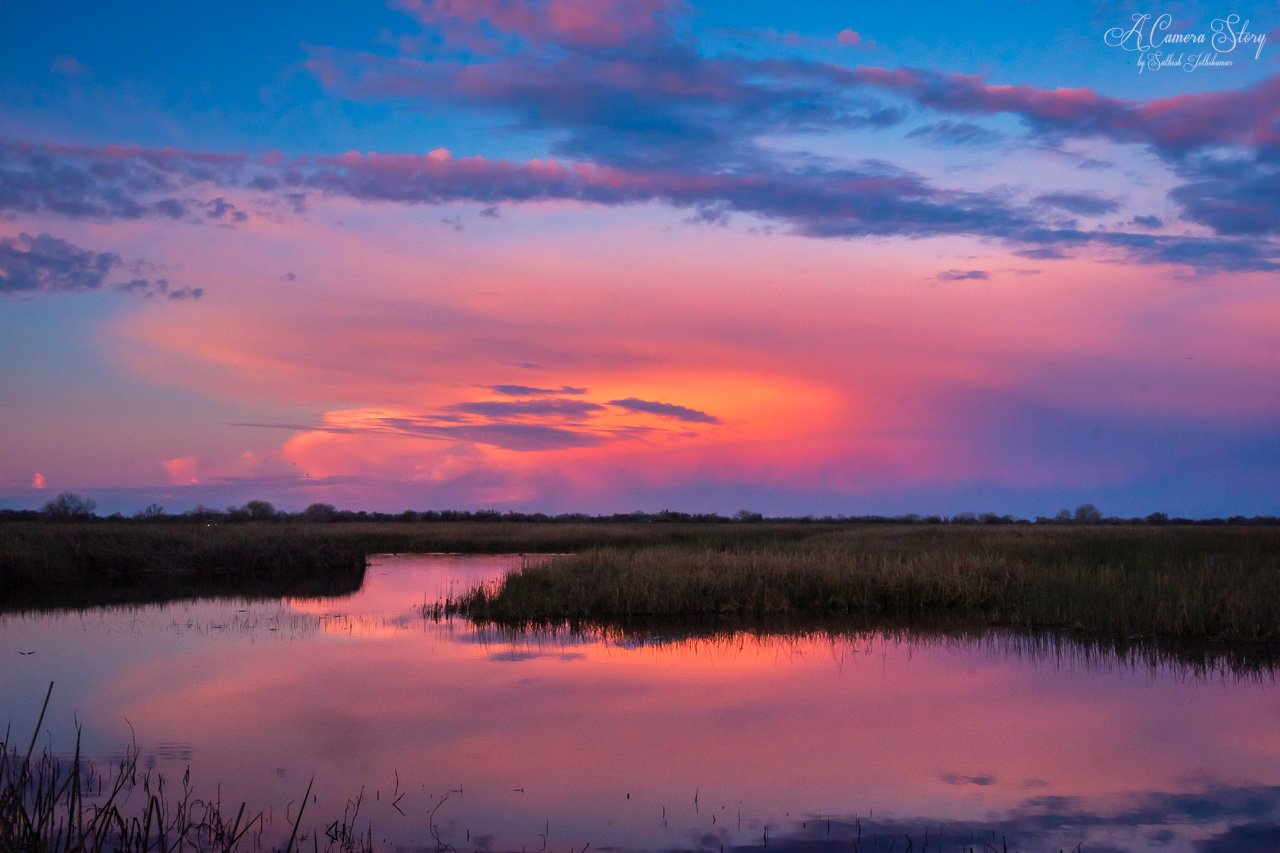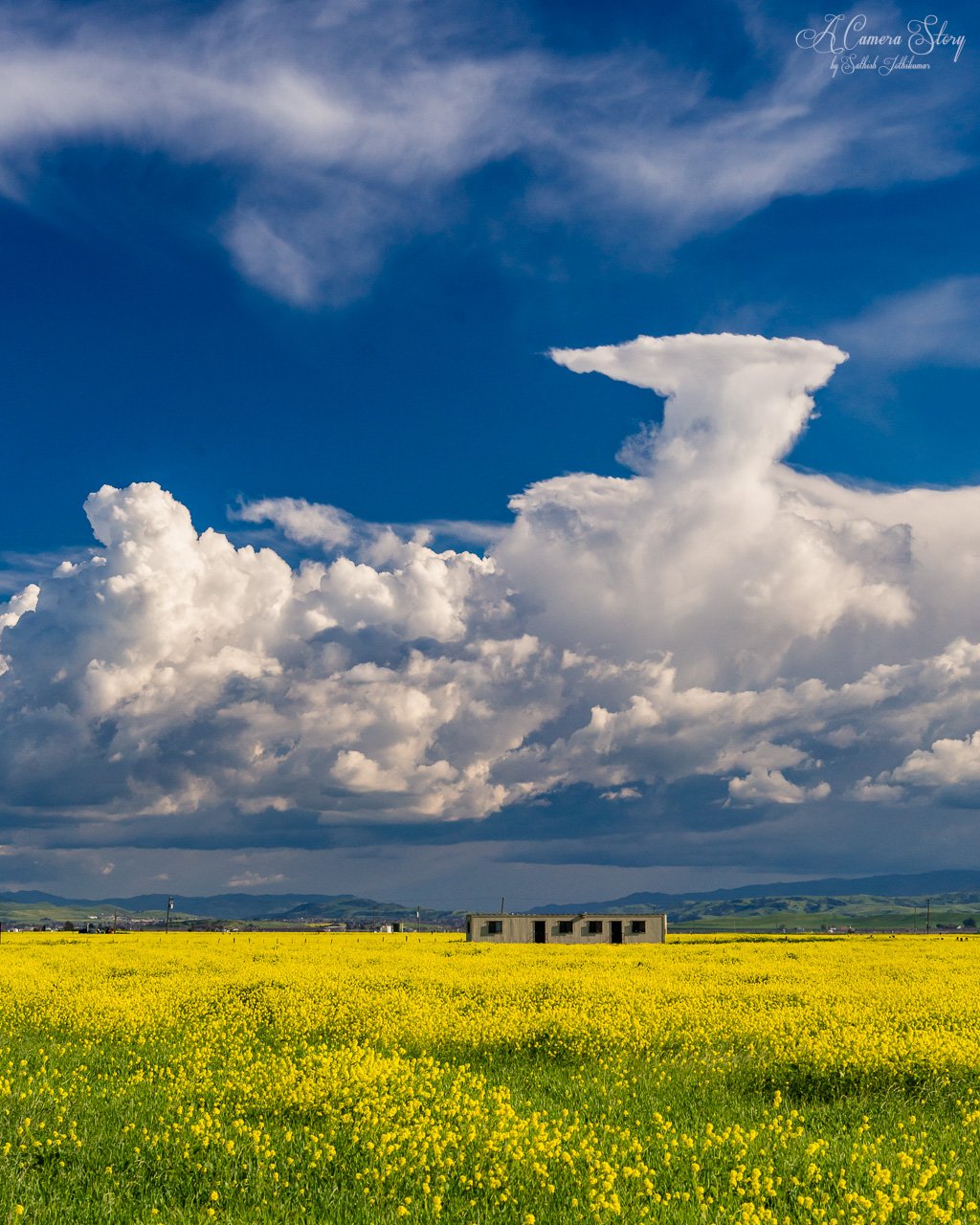The chatter on social media over the last few weeks has been the great 2024 eclipse earlier this week.
Tracing a path from south-western Texas all the way across to New England and the north-eastern tip of the US, this eclipse was the last total eclipse in the lower 48 for the next 20 years. While the last eclipse I witnessed was in August of 2017 within driving distance of where I lived, this one required a flight and hop to get to the zone of totality.
While eclipses are easy to predict years in advance, the local weather pattern isn't. It had been a constant
dance of credit cards and booking websites over the last few weeks as I analyzed weather patterns to determine if I was heading to the correct location to catch the eclipse.
While I haven't yet edited the images from this year's eclipse yet, here is totality from the 2017 eclipse in Oregon.
Madras
OR USA
Blooms of the Gorge
Old wagons, run-down stagecoaches, rusty barns and worn out corrals dot the green hills that slope down to the still waters of the Columbia River a thousand feet below. These were the only vestiges reminding us of the rich history of homesteading in this beautiful region dating back to the mid-19th century. Today, these are part of the Columbia Hills Historical State Park in the Columbia Gorge, which in spring, bursts with brilliant blooms of balsamroot.
Here is one such bloom framing an old wagon, a remnant of a bygone era.
Columbia Hills Historical State Park
WA USA
Kiwi-scapes
Even though my Kiwi adventure was many years ago, it happened right around the time my fascination for the tales of Middle earth were peaking. Being able to visit many places popularized by the LOTR movies was a dream come true. I was absolutely impressed by the scale of the Alps, and the sheer number of hiking opportunities available, weather notwithstanding. It was no wonder that the South Island of New Zealand was perfectly capable of representing the diverse terrain featured in the movies.
South Island
New Zealand
Wildflower Closeups
I always wonder what led to rich diversity of wildflowers every time I witness a spring bloom event. The blooms I have witness comprise of anything from dainty buttercups with shiny golden yellow petals, blue petaled baby-blue eyes dotting the undergrowth near creeks, vivid reds of the Indian paintbrush in the thick bush, the soft orange of the ubiquitos California poppy fluttering in vast swathes under a sunny sky. And even though I have seen them from up close and from far away, I can never get tired of looking at nature's artwork.
Central California
USA
Chasing the Light
The recent Coronal Mass Ejection (CME) event last week populated the airwaves and social media with stories of possible auroras visible as far south as Oregon and California. However, it was all for nought, as the electromagnetic storm weakened significantly before nightfall on the west coast. While Alaska and northern Canada witnessed spectacular displays of the aurora, it was far more quieter down south.
Here is a snap of a spectacular display from last year, captured around the same time. While the entire night wasn't as colorful, there were brief moments where the pillars of heaven reached down to illuminate the earth.
Quincy
WA USA
Spring Palette
Here are more visions of the California landscape from springs of years past. Vast surfaces of dusty brown that characterize the rolling hills and fallow lands during summer acquire a fresh coat of green. And out in the Central Valley, dry dustpans suddenly become wetlands harboring migratory birds. This is often the time I seek out hiking trails that take me out of civilization, to witness biomes and climate as it once had been.
Visions of Spring
The fallow lands in the agricultural plains of California are often a shade of rusty brown through most of the year, a side effect of the hot and dry climate experienced by the interior of the state for most of the year. These conditions do not spare the rounded hills that run along the western spine of the state. But the spring rains rejuvenate these lands, adding a fresh coat of green, and a dash of color from wildflowers.
Wild mustards, with their distinct lemon-yellow blooms, are the first ones to crop up on vast swathes of fallow lands. Soon after, the still-moist meadows proliferate with various flowering plants and spring grasses. The California black oak, a tree well adapted to this climate, acquires a fresh set of leaves after laying dormant all winter, and quickly envelop any mistletoe growing on their branches.
Driving through these lands often provide a window into the past, of how California used to be before it got as densely populated as it is now.
Central Valley
CA USA
Faces of DeVa
Picture a desert and the first vision that crops up is that of sand dunes stretching endlessly to the horizon. Undisturbed ripples of golden stand wiggle their way on the windward side, forming patterns akin to life-sized fingerprints. Mesquite Sand Dunes in Death Valley National Park is a classic example of this. But the park also features a vast low-level basin that are filled with white salt-flats. The salt flat is the remnant of an endorheic lake that dries out by late spring, leaving behind hexagonal patterns of crystallline salt.
Death Valley is more than just sand dunes and salt flats. But these are two key faces of this DeVa.
Death Valley National Park
CA USA
Spring Storms
The month of April often draws thunderstorms and sudden squalls to western Washington, drenching the landscape and drawing away in a very short time. The primary driver is the rise temperatures in the western Washington as the days become longer. Regardless of the reason, the onset of this weather pattern paints the skies with dramatic clouds and lighting that lend themselves well to photography.
Out in the Palouse region, I caught the tail end of a spring thunderstorm. This composition juxtaposing windmills on a rolling green landscape against the dark ominous background worked very well with the angled lighting of the late afternoon.
Palouse
WA USA
Remnants of Winter
The false summer that the PNW underwent over the last week certainly gave a taste of the next few months. But in the mountains, the winter is still hanging around. The higher elevations still hides pristine snow-capped landscapes that would continue to draw winter adventurers up to the mountains for a few more weeks.
Mount Rainier National Park
WA USA




